
If you’re going to unveil the world’s largest mini-LED TV, CES 2024 in Las Vegas seems like an appropriate venue at which to do it. The honor goes to TCL’s new QM89 — an absolutely massive 115-inch 4K, quantum dot mini-LED TV. TCL announced the QM89 along with the rest of its 2024 TV lineup and its 2024 soundbars.
TCL hasn’t said when the QM89 will be available, or perhaps more relevant, how much this monster screen will cost, but we do know a few key features. It uses TCL’s newest backlight system known as QD Mini LED Ultimate, which sports 20,000 dimming zones. As you’d expect, it also uses TCL’s latest image processor –the AIPQ Ultra Processor. The giant TV also packs a 6.2.2-channel Dolby Atmos speaker system.
More on this massive TCL TV
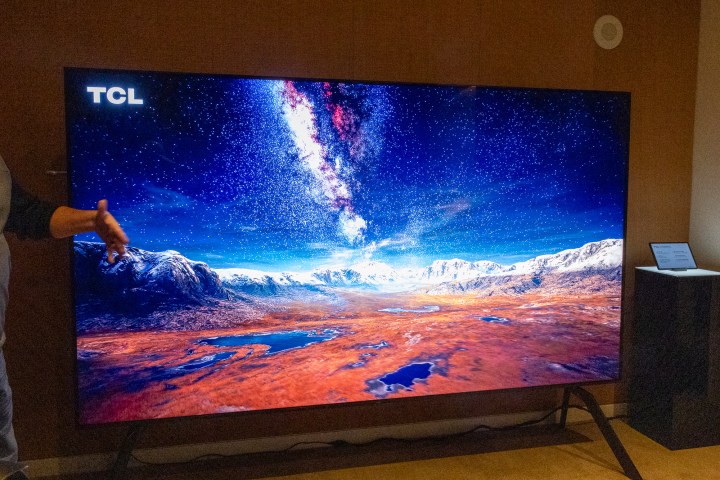
Here’s the full lineup of TCL 2024 TVs.
2024 TCL Q Class
All of TCL’s Q Class TVs combine LED backlighting with quantum dots and 4K resolution.
TCL Q6
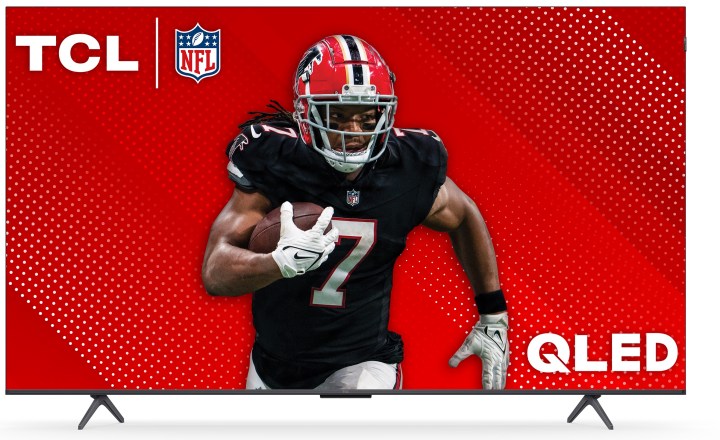
TCL’s Q6 uses a new High Brightness Plus LED backlight, which it says will deliver 28% more brightness, leading to more color volume for better overall picture quality. On smaller Q6 screen sizes, gamers get the Game Accelerator 120 feature that allows 120 variable refresh rate (VRR) gaming, while on 85-inch and larger models, a native 120Hz panel provides Game Accelerator 240 for even faster refresh rates. The 2024 Q6 will be available in multiple screen sizes from 43 to 98 inches.
TCL Q6-Pro
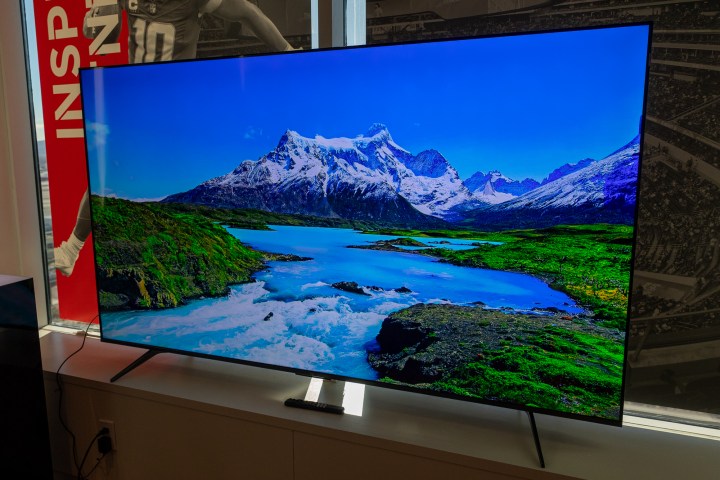
The Q6-Pro is a new Q Class model for 2024. It takes all of the features of the Q6 and adds Full Array Local Dimming (FALD) for better backlight control. TCL says this gives the Q6-Pro a 33% brightness boost with 600 peak nits.
The Q6-Pro can respond to hands-free voice commands, comes with a backlit remote, and has adjustable-width feet on larger sizes. It will be available in multiple screen sizes from 50 to 85 inches.
TCL QM7
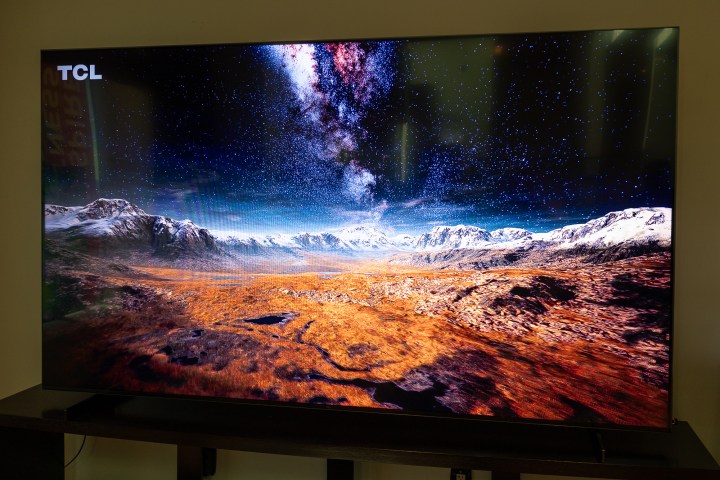
In 2023, the Q7 was the step-down model from the flagship mini-LED QM8, but in 2024, that designation goes to the QM7. It gets the “QM” designation because it’s now equipped with a mini-LED backlight, which can have up to 1,500-plus zones depending on the screen size. That new “High Brightness Ultra LED” backlight can achieve a claimed 2,400 nits of peak brightness, and is controlled by TCL’s AIPQ Pro processor.
Other features on the QM7 include a 120Hz native panel, Game Accelerator 240, AMD FreeSync Premium Certification, HDR Ultra (Dolby Vision IQ, HDR10+, HDR10, and HLG), IMAX Enhanced Certification, a 2.1-channel speaker system with built-in subwoofer, and an adjustable-height pedestal stand on the 65- to 85-inch sizes. The new QM7 will be available in multiple screen sizes from 55 to 98 inches.
TCL QM8
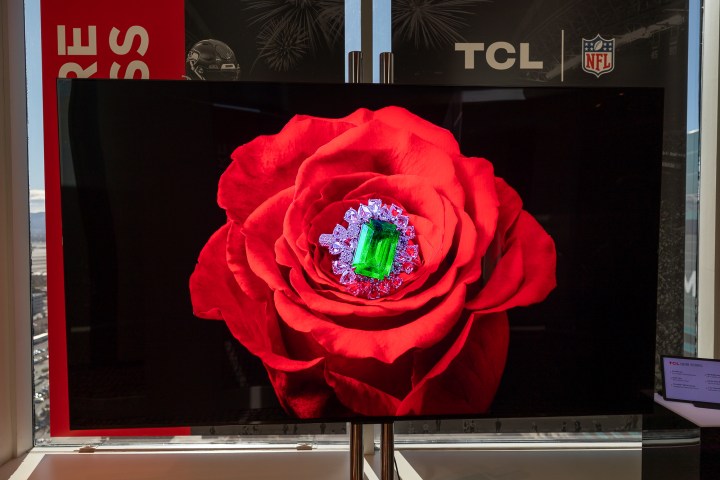
TCL’s flagship TV for those who aren’t ready to splurge on the QM89 is the 2024 QM8.
The QM8 incorporates TCL’s brightest backlight — the QD Mini LED Ultra — which the company claims can achieve up to 5,000 nits of peak brightness with support for up to 5,000-plus control zones, depending on screen size. The company notes that this is more than twice the number of zones of the 2023 QM8, and that the 2024 model gets 2.5 times brighter than the current “brightest TV ever.” TCL didn’t want to mention a competitor by name, but we will: it’s referring to the Hisense UX, with a claimed 2,500 nits of peak brightness.
It’s also important that TCL used the word “current,” as not long before CES 2024, Hisense promised it would soon release a searingly bright 10,000 peak nits TV in 2024.
In addition to all of the QM7’s features, the QM8 gets an antiglare screen, a 2.1.2-channel Dolby Atmos speaker system, NextGen TV (ATSC 3.0), and Wi-Fi 6. The 2024 QM8 will be available in multiple sizes from 65 to 98 inches.
2024 TCL S Class

TCL’s S Class currently consists of just one model — the S5, an LED backlight 4K TV.
The S5 uses TCL’s new FullView 360 design, which continues the bezel-less screen from previous generations, while improving the appearance of the TV from the back and sides. The S5 has a High Brightness LED backlight with a claimed 25% increase in brightness with enhanced color. It also sports an upgraded image processor — the TCL AIPQ Processor with AI Super Resolution.
TCL’s HDR PRO+ means it’s compatible with both Dolby Vision and HDR10+ HDR formats. Two listening modes — enhanced dialogue mode and “TV as center channel mode” — are designed to improve speech intelligibility, even with loud content. For connectivity, TCL’s S5 will be the first S Class model to receive custom install capability for more advanced applications. The 2024 S5 will be available in a variety of screen sizes from 43 to 85 inches.




